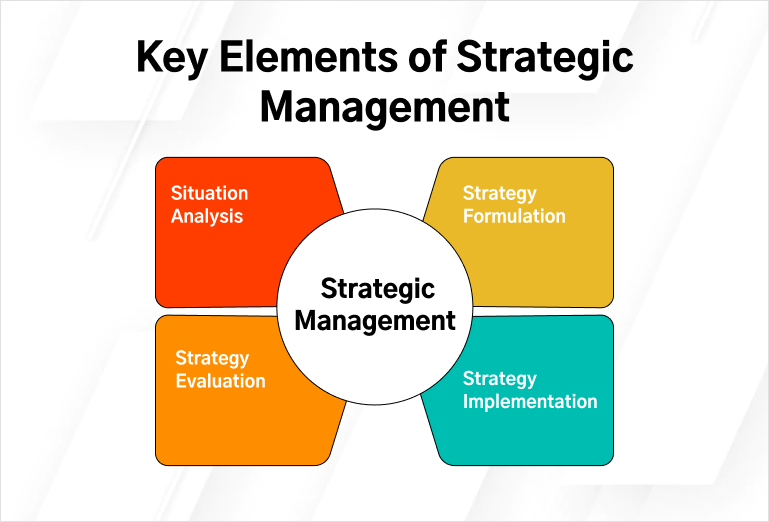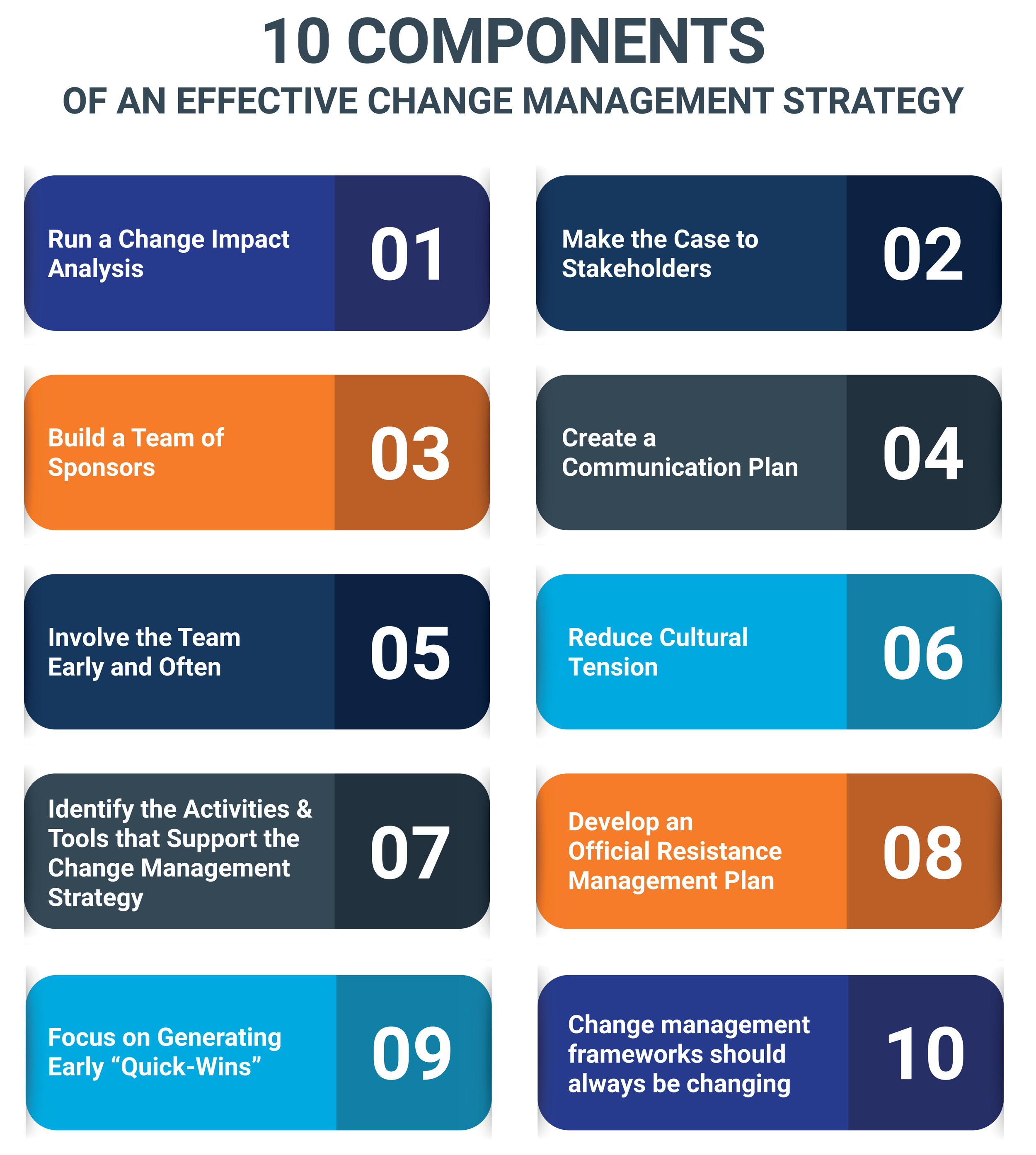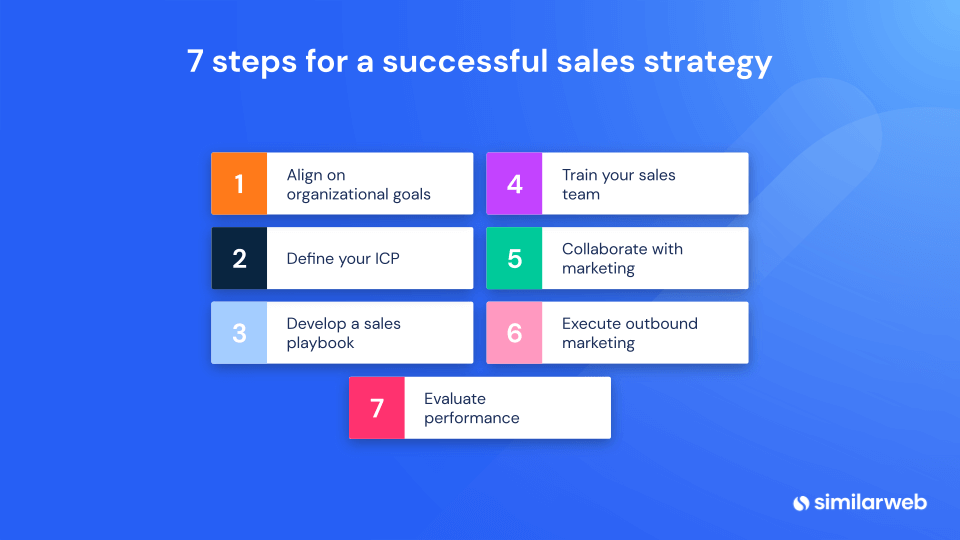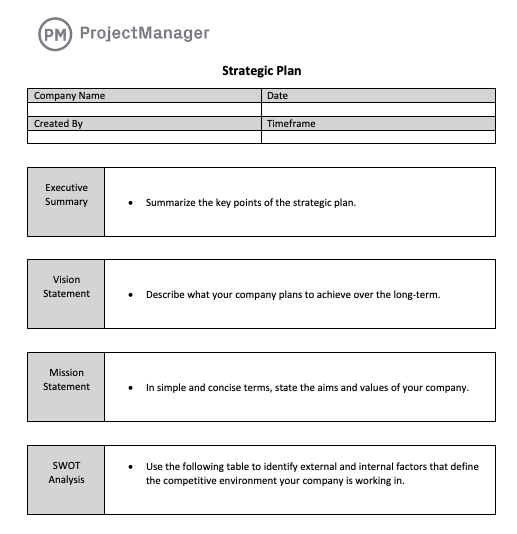How Often Should A Company Revise Its Strategic Plan

Businesses face a constant barrage of market shifts, technological advancements, and evolving customer demands. This volatile landscape necessitates a strategic plan that is not set in stone, but rather a living document subject to regular review.
The question is: how often should a company revise its strategic plan to maintain relevance and competitiveness? The answer isn't a one-size-fits-all approach, but leaning towards more frequent revisions is often key in today's dynamic environment.
Annual Review: A Bare Minimum
Many companies adhere to an annual strategic planning cycle. This involves a comprehensive review of the existing plan, analyzing performance against established goals, and making adjustments for the upcoming year.
While an annual review provides a structured opportunity for reflection, it might not be sufficient in rapidly changing industries. A year can be an eternity in the technology sector, for example.
According to a 2023 survey by Deloitte, companies that revise their strategic plans only annually are often caught off guard by unforeseen disruptions. This leads to reactive decision-making and missed opportunities.
Quarterly Check-ins: Staying Agile
A more proactive approach involves quarterly check-ins. These shorter, more focused reviews allow businesses to monitor key performance indicators (KPIs) more closely and identify emerging trends early on.
Quarterly reviews enable businesses to make mid-course corrections, reallocate resources, and adapt their strategies to address immediate challenges and opportunities. This agility is crucial for navigating unpredictable market conditions.
McKinsey & Company suggests that companies with quarterly reviews are significantly more likely to achieve their strategic goals, as they can quickly respond to changes in the competitive landscape.
Real-Time Adjustments: Embracing Continuous Planning
Some forward-thinking organizations are moving towards a model of continuous strategic planning. This involves constantly monitoring the external environment, gathering real-time data, and making adjustments to the strategic plan on an ongoing basis.
This approach requires a flexible organizational structure, strong data analytics capabilities, and a culture that embraces experimentation and learning. It's a demanding approach, but it can provide a significant competitive advantage.
Accenture reports that companies adopting continuous planning models are seeing increased efficiency, improved decision-making, and faster innovation cycles.
Factors Influencing Revision Frequency
The ideal revision frequency depends on several factors, including the industry, the company's size and complexity, and the level of environmental uncertainty.
Companies in highly regulated industries may need to revise their plans more frequently to comply with changing regulations. Larger, more complex organizations may require more time and resources for each revision cycle.
Robert Kaplan and David Norton, the creators of the Balanced Scorecard, emphasized that strategic plans should be regularly monitored and adjusted based on feedback and performance data.
Tools and Technologies for Strategic Plan Revision
Various tools and technologies can facilitate the strategic plan revision process. These include project management software, data analytics platforms, and collaboration tools.
Project management software can help track progress against strategic goals and identify potential roadblocks. Data analytics platforms can provide insights into market trends and customer behavior.
Collaboration tools can enable teams to communicate effectively and share information seamlessly, ensuring that everyone is aligned on the strategic direction.
Example: Tech Companies
Consider a technology company like Google or Microsoft. These companies operate in a highly competitive and rapidly evolving industry. They constantly monitor emerging technologies, analyze competitor actions, and gather customer feedback.
Given the fast pace of change, these companies likely revise their strategic plans on a quarterly basis, or even more frequently, to stay ahead of the curve. They utilize data analytics and advanced AI to assess the market and make real time adjustments.
This helps them stay innovative and adaptable, which is crucial for survival in the tech world.
The Cost of Inaction
Failing to revise a strategic plan regularly can have serious consequences. Companies may miss out on emerging opportunities, fall behind competitors, and ultimately lose market share.
An outdated strategic plan can lead to inefficient resource allocation, poor decision-making, and a lack of alignment across the organization. This can damage employee morale and hinder overall performance.
According to a study by Harvard Business Review, companies with outdated strategic plans are significantly less likely to achieve their financial goals and maintain a competitive edge.
Next Steps: Implement a Robust Review Process
Businesses should implement a robust strategic plan review process that includes regular monitoring of KPIs, analysis of the external environment, and feedback from stakeholders.
This process should be flexible and adaptable, allowing for adjustments to the strategic plan as needed. The frequency of revisions should be determined based on the factors outlined above.
By embracing a culture of continuous learning and adaptation, companies can ensure that their strategic plans remain relevant and effective in today's dynamic business environment. The next step is to schedule your team's first revision meeting!






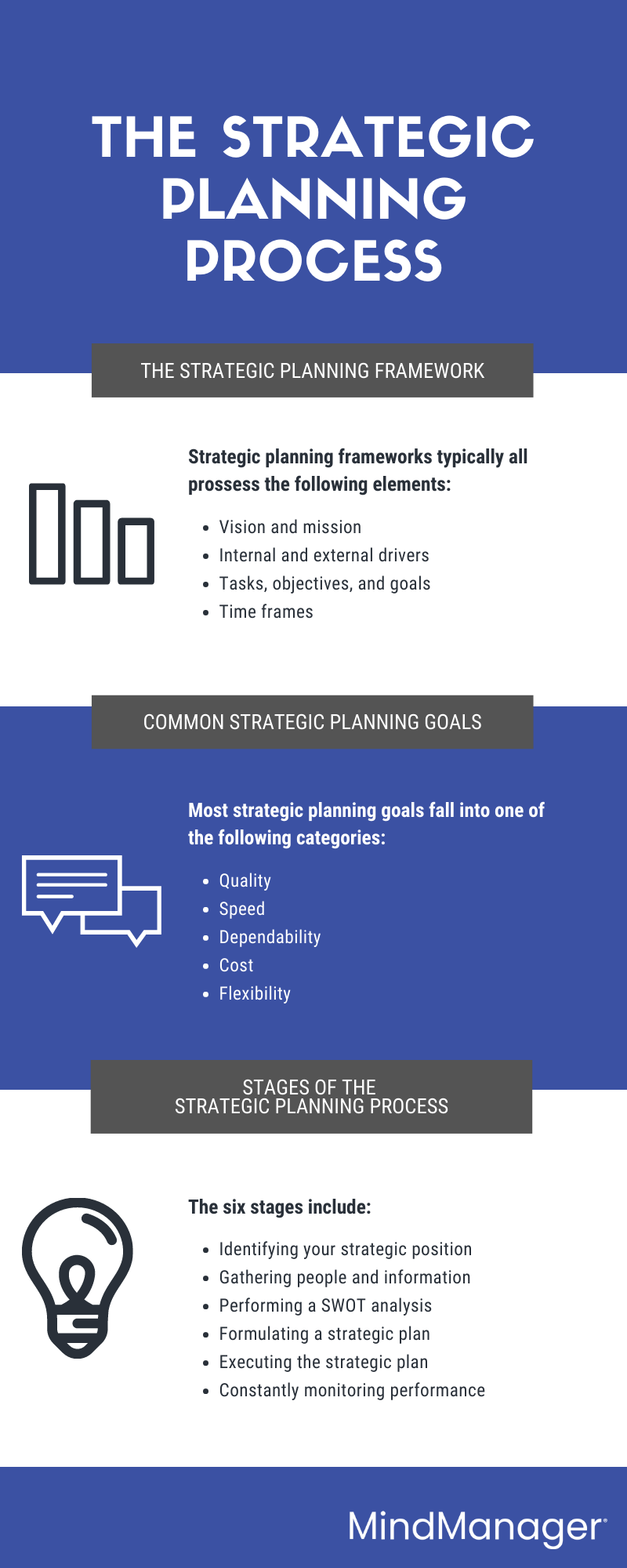




:max_bytes(150000):strip_icc()/strategic-plan-elements-2276139-v2-5bc4cb874cedfd0051ab0208.png)
